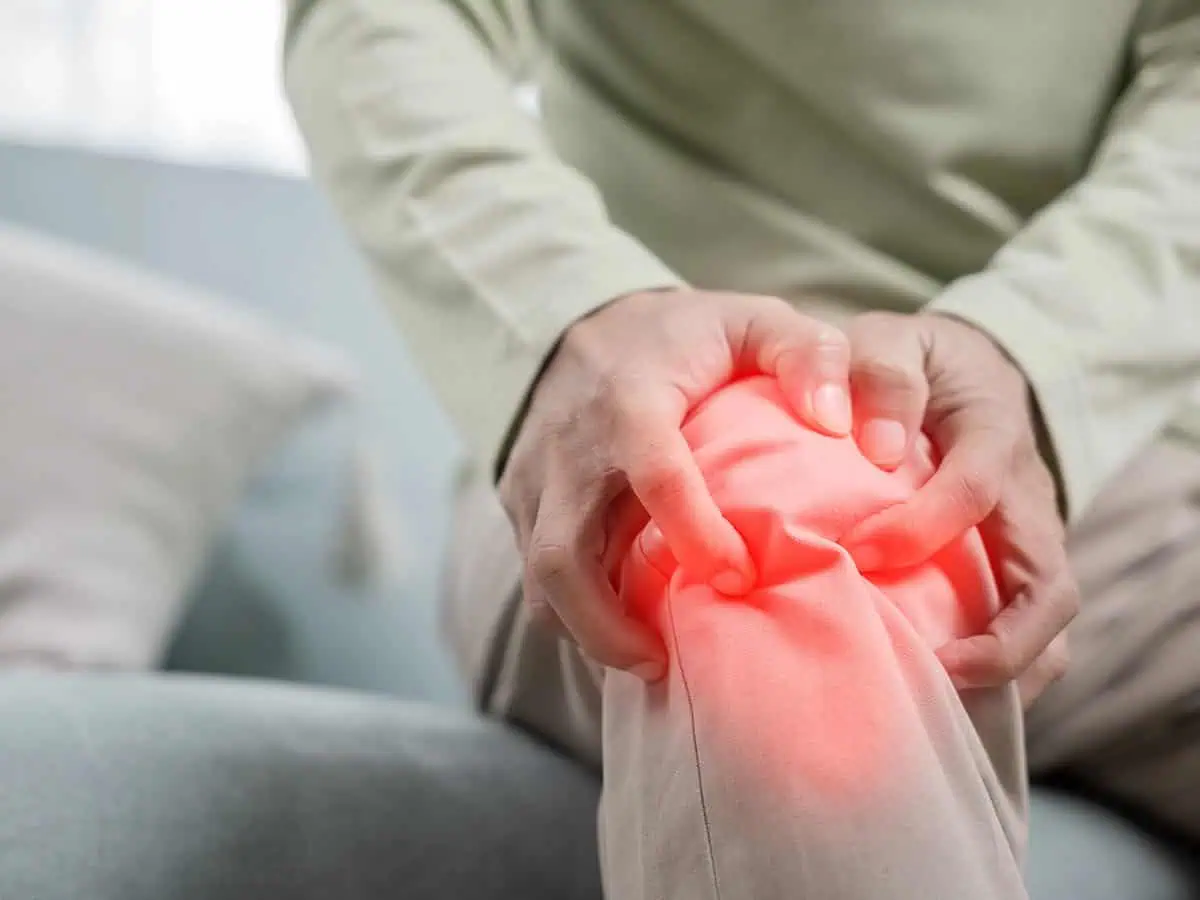
Issue 9/2025
Popova1, V., Geneva- Popova2, M., Popov3, I.
1 Medical University Plovdiv, Medical Faculty, Propedeutic of Int Diseases,
Clinic of Rheumatology Univerity Hospital “Kaspela” – Plovdiv,
2 Medical University Plovdiv, Medical Faculty, Propedeutic of Int Diseases,
Clinic of Rheumatology Univerity Hospital “ Sv, Georgi” – Plovdiv
3 Medical University Plovdiv, Medical Faculty, Propedeutic of Int Diseases, Clinic of Rheumatology
The term pleiotropic denotes the ancillary effects of statins beyond their primary mechanism of lowering LDL cholesterol via inhibition of HMG-CoA reductase [1]. These effects involve modulation of the isoprenoid pathway, intracellular signaling cascades, and endothelial function. In addition to reducing LDL-C and cardiovascular risk, statins exert anti-inflammatory and endothelial-protective actions, influence apoptosis, inhibit NF-κB, and suppress the synthesis of TNF-α and IL-6. Further pleiotropic benefits include promotion of angiogenesis, enhancement of nitric oxide (NO) bioavailability, stimulation of BMP-2 synthesis, increased bone mineral density, and upregulation of antioxidant enzymes [2]. Evidence from cardiovascular and inflammatory joint disease studies indicates modest reductions in disease activity and pro-inflammatory markers. The principal therapeutic effect of statins arises from lowering plasma LDL concentrations (target range 3.4-5.2 mmol/L), coupled with an increase in HDL levels and upregulation of LDL receptor expression. This facilitates cholesterol metabolism and accelerates LDL clearance, with reductions to as low as 1.8 mmol/L achievable. Therapeutic effects are detectable within one week, with maximal response observed after 4-6 weeks. Among available agents, rosuvastatin demonstrates superior lipid-lowering efficacy (high-intensity at 20-40 mg) and has been associated with greater reductions in hs-CRP and improvements in endothelial function compared with simvastatin. Although simvastatin remains an effective moderate-intensity option (20-40 mg), it is characterized by a higher potential for drug-drug interactions and a well-documented genetically determined risk of myopathy.
Address for correspondence:
Popova, V.
Medical University – Plovdiv
15A “V. Aprilov”, Blvd
4002, Plovdiv
